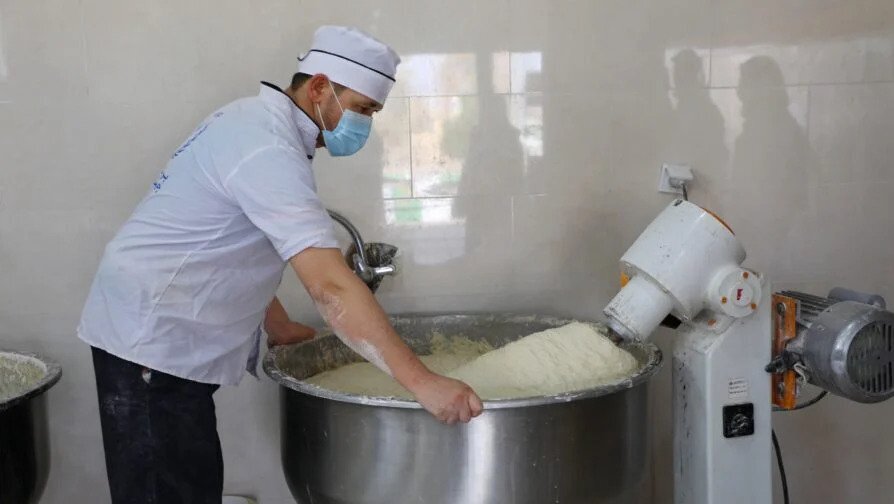Afghan refugees acquiring new skills in Iran

TEHRAN - Iran has been hosting refugees for over four decades, providing them with access to basic services in the national system.
The sudden upheaval in Afghanistan in 2021 hardly left any Afghan unaffected.
Many had no choice but to seek safety outside their country. For Mohammad Baqer, who used to work with the Afghan authorities, staying in Afghanistan meant constant fear for his and his family’s lives and no education for his daughters, UNHCR reported.
“After the Taliban took over, I was very scared. I was sure I would die if I had stayed there,” said Mohammad Baqer who fled from Mazar-i-Sharif in October 2021 along with his wife and six children.
After living in hiding for over a month in Herat, seeing that the situation in his home country was not improving, Mohammad and his family joined hundreds of thousands of others who sought refuge in neighboring Iran.
While Iran’s borders remained officially closed for asylum-seekers, Mohammad managed to get his family across to Iran’s north-eastern province of Khorasan Razavi, where they stayed in one of the reception/transit centers until they were finally moved to a nearby refugee settlement. Other asylum-seekers were allowed to move to urban settings in Mashhad.
For Mohammad’s wife, the new conditions in the Torbat-e-Jam refugee settlement in Khorasan Razavi, where they have now been living for over a year, are a great relief.
“I am very happy that I do not need to worry about my safety and that of my family. We don’t have much but we have a roof over our heads and food on our table,” said Sakineh, Mohammad’s wife.
“We had a good life,” adds Mohammad, “I had a steady income and I worked hard to provide for my family. I did not want to leave, but if I had stayed, I might have been killed and my wife would not have been able to take care of the family on her own.”
Torbat-e-Jam settlement is home to over 3,000 Afghan refugees, including the over 1100 refugees who were relocated there after the influx in 2021. Given that the population grew significantly, UNHCR, the UN Refugee Agency, began the rehabilitation of 300 shelters in the settlement to accommodate new arrivals. for which refugee construction workers were hired from inside the settlement.
In Torbat-e-Jam, Mohammad needed a job to provide for his family. He was keen to learn new trades and the bakery supported by the World Food Programme (WFP) inside the settlement was a great opportunity for him to acquire new skills. He signed up for on-the-job training and quickly learned how to bake. He is now a full-time baker and while a meager income, is able to provide the basic necessities for his family.
“I am thankful for this opportunity. I am safe. My family is safe, and I have learned a new skill. Inshallah, If I could go back to Mazar one day, I will set up my own bakery there,” he shared proudly.
In addition to on-the-job skills training for refugees, WFP also provides unconditional food and cash assistance and different livelihood opportunities in Torbat-e-Jam.
Meanwhile, UNHCR supports the construction of schools and health centers in settlements, as well as provides medical equipment, medicines, and personnel.
These interventions provide decent living spaces and income support to the refugees, so they can meet their essential needs.
While 99 percent of refugees in Iran live in towns and cities side by side with the Iranian host community, one percent – those most vulnerable – live in the 20 settlements in 13 provinces in Iran.
Mohammad’s six children, including his three daughters, now go to school every day. His daughters also receive WFP education cash incentives for girls.
“I want my daughters to have the opportunity to study and thrive. They are smart and want to learn, so our decision to leave was because of them as well.”
Now more than ever, the international community must come together to further support Iran’s humanitarian efforts, so no displaced person is left behind.
Leave a Comment